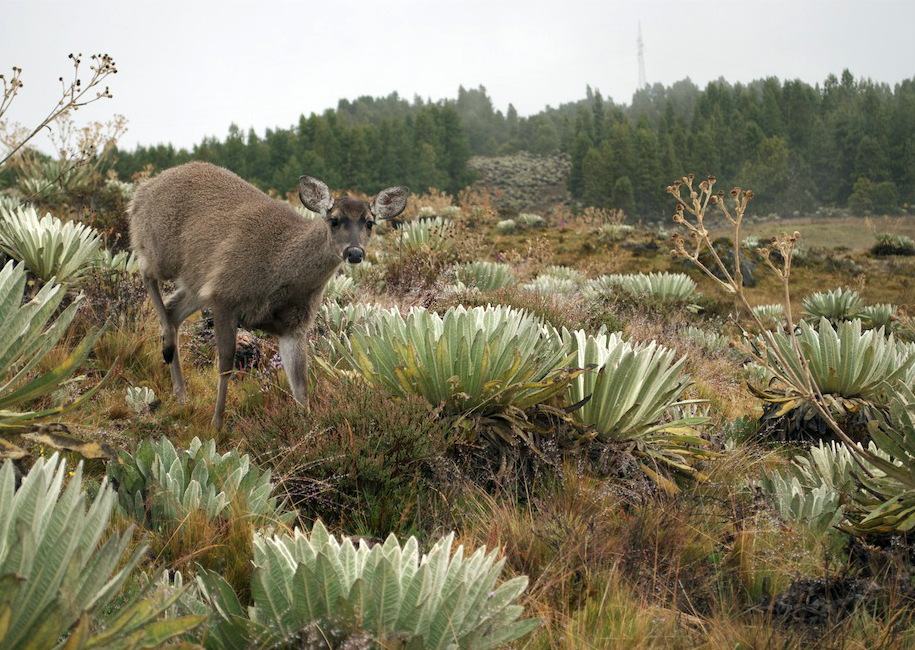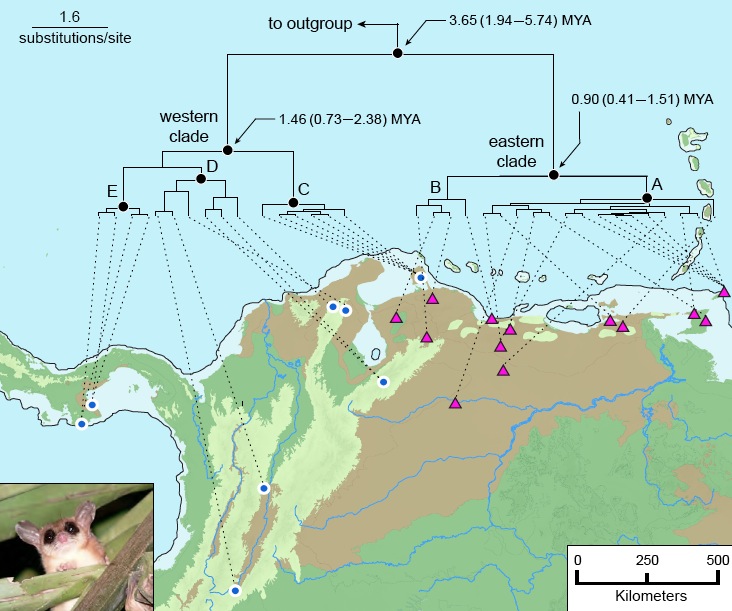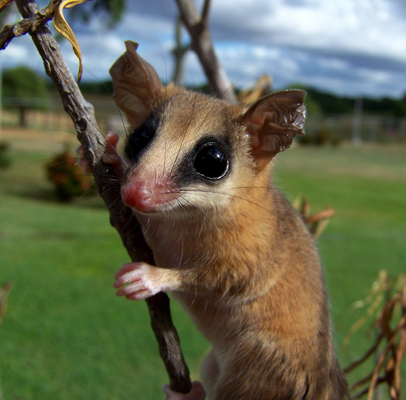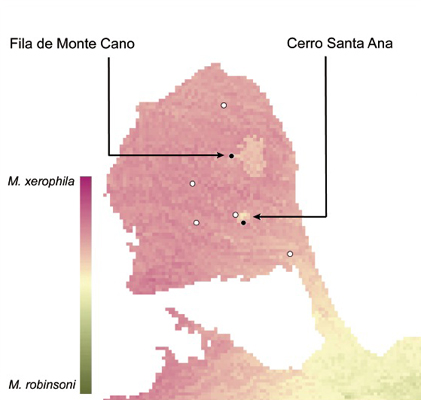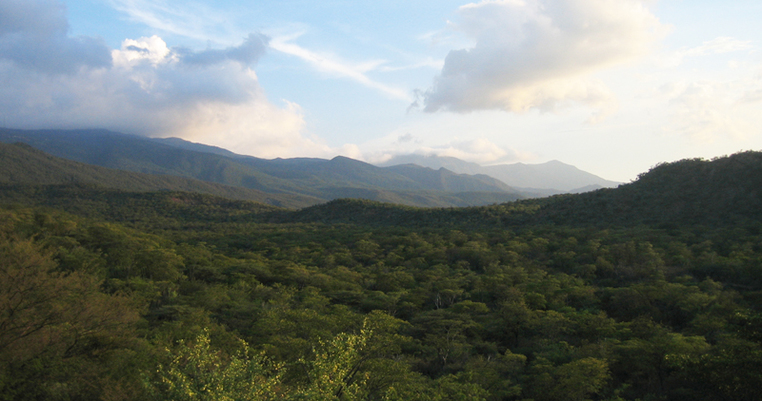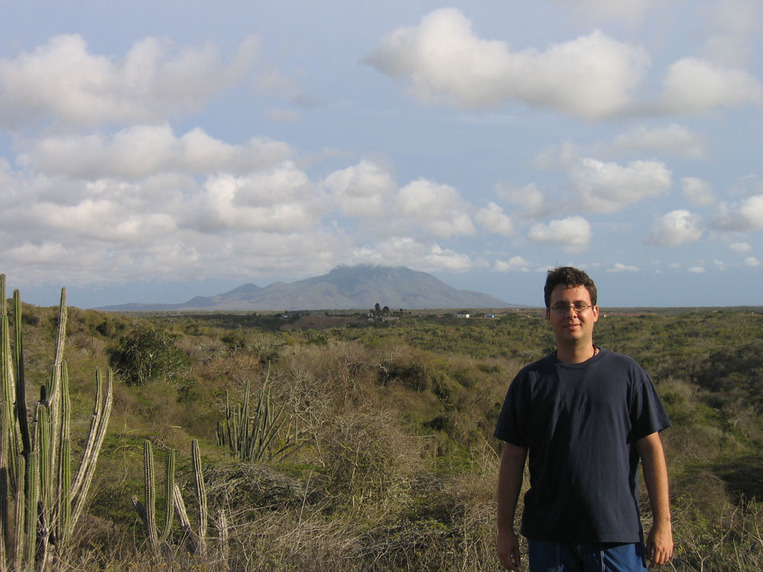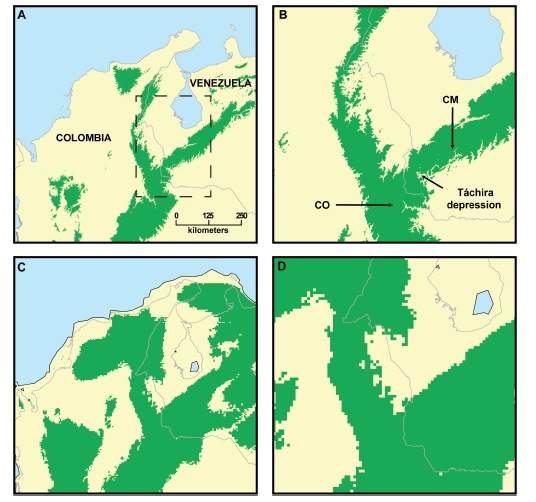RESEARCH INTERESTS
I am an evolutionary ecologist and mammalogist interested on theoretical and applied aspects of macroecology, biogeography, and systematics to both understand patterns of biodiversity and contribute to conservation biology. Currently, my main research interest is to investigate the effects of climate change on the distribution of the Neotropical biota. I use integrative approaches that include ecological niche modeling, molecular techniques (specially massive parallel sequencing), and analyses of morphological data. I am also interested on inventory [field] work on poorly studied regions. Addressing these subjects of research provides opportunities to also work on methodological and conceptual issues—important components of my research interests.
|
|
|
|
Taxonomy and Phylogenetics
|
Biogeography and Evolutionary Biology
|
|
I investigate the evolutionary relationships among species of mammals and their classification. I aim to unveil the real diversity of various groups of mammals based on museum work, fieldwork, and phylogenetic analyses.
|
I use integrative approaches to investigate the geologic, climatic, and biotic factors that explain the distribution of mammals and drive their speciation at local geographic scales, as well as the large-scale events responsible for their diversification.
|
Below are brief summaries of some of my current and past research.
Systematics and Biogeography of Neotropical Deer
I became interested on the systematics and biogeography of all Neotropical deer since 1999, when I read the contribution by Molina and Molinari (1999) on the genus Odocoileus. I realized that Neotropical deer represent one of the most neglected subjects of study in mammalian systematics. Thus, while finishing my Ph.D. studies, I wrote a proposal to study the systematics of Neotropical deer, which I used to apply for a Peter Buck Postdoctoral Fellowship at the Smithsonian Institution. My application was successful, and since 2012 I have been working in collaboration with my colleagues Kristofer Helgen (University of Adelaide) and Jesús Maldonado (Smithsonian Institution) to establish a species-level taxonomy of New World deer and investigate their biogeography. In several Latin American countries, deer are actively hunted in absence of effective management programs; therefore, by determining the taxonomic identity of the implied populations, this study is yielding essential information for conservation planning and management.
Systematics and Biogeography of Mouse Opossums (genus Marmosa)
In my Ph.D dissertation, I addressed various biogeographic questions in the genus Marmosa, a group of small marsupials endemic to the Neotropics. Species of Marmosa collectively range from Mexico to northern Argentina, and are also found on the islands of Trinidad, Tobago, and Granada. Because the genus occurs in a wide ecogeographic range, and because it is a member of the Didelphidae—the most diverse surviving lineage of the endemic mammals that evolved during the Tertiary isolation of South America--Marmosa is of exceptional biogeographic interest. I have been collaborating with Robert Anderson (City University of New York), Sharon Jansa (University of Minnesota), and Robert Voss (American Museum of Natural History), among other colleagues, on several projects on Marmosa. We established a taxonomic classification using morphological and molecular data and which is congruent with the phylogenetic relationships we inferred.
We also assessed the phylogeographic structure of Marmosa robinsoni, largely based on molecular data obtained from DNA from dried skins and residual tissue on osteological material of museum specimens. This effort represented the first such study based on dense geographic sampling of any vertebrate from dry habitats in northern South America.
Biotic interactions and species distributions
Together with Robert Boria and Robert Anderson (City University of New York), we explored the possibility that biotic interactions, specifically competition, might be responsible for creating, and/or maintaining, geographic isolation. We employed ecological niche modeling to test whether the distributions of Marmosa robinsoni and M. xerophila fit the predicted geographic pattern of competitive exclusion. Our results and a review of numerous studies in which biotic interactions restrict species distributions unveiled that biotic interactions can isolate populations of a species. We proposed two general mechanisms, intrusion and contraction, to classify allopatric conditions caused by various classes of biotic interactions (see Gutiérrez et al. 2014, Ecography, in Publications). We present a necessary modification of the concept of ecological vicariance to include biotic interactions as possible vicariant agents regardless of whether genetic differentiation occurs or not.
I am currently collaborating with Neander Heming (Universidade de Brasília) on a number of articles that, among others, will introduce new methods and bioinformatic tools. In addition, I am collaborating with Jader Marinho-Filnho o a number of studies focused on the conservation and distribution of mammals endemic to the Cerrado and the Caatinga.
I am currently collaborating with Neander Heming (Universidade de Brasília) on a number of articles that, among others, will introduce new methods and bioinformatic tools. In addition, I am collaborating with Jader Marinho-Filnho o a number of studies focused on the conservation and distribution of mammals endemic to the Cerrado and the Caatinga.
Biogeography of small non-volant mammals in isolated montane systems in the Neotropics
I study the biogeography of small mammals in isolated montane systems in the Neotropics. In collaboration with Robert Anderson, José Ochoa, and Marisol Aguilera, I conducted fieldwork in two sky islands, one in Cerro Santa Ana (in the Península de Paraguaná), and the other in the Serranía de San Luis (in the adjacent “mainland”). Fieldwork, examination of museum specimens, and critical use of literature yielded species lists for the Cordillera de Mérida, Cordillera de la Costa, Serranía de San Luis, and Cerro Santa Ana. We used these data to conduct species richness-area and nestedness analyses, and found that the faunas of these montane systems are highly nested. In addition, we found that species deviating from nestedness provide a signal indicative of in situ speciation in rodents but not in marsupials. These results are now published (see Publications), and a new paper in which we investigate the causal explanations for the low species richness of Cerro Santa Ana is in preparation.
In addition to the aforementioned efforts in Paraguaná, Robert Anderson described Heteromys oasicus, and I (in collaboration with Jesús Molinari; see below) elevated Pteronotus parnellii paraguanensis to species level; both taxa are endemic to the Península de Paraguaná.
In addition to the aforementioned efforts in Paraguaná, Robert Anderson described Heteromys oasicus, and I (in collaboration with Jesús Molinari; see below) elevated Pteronotus parnellii paraguanensis to species level; both taxa are endemic to the Península de Paraguaná.
Copyright © 2015-2017
